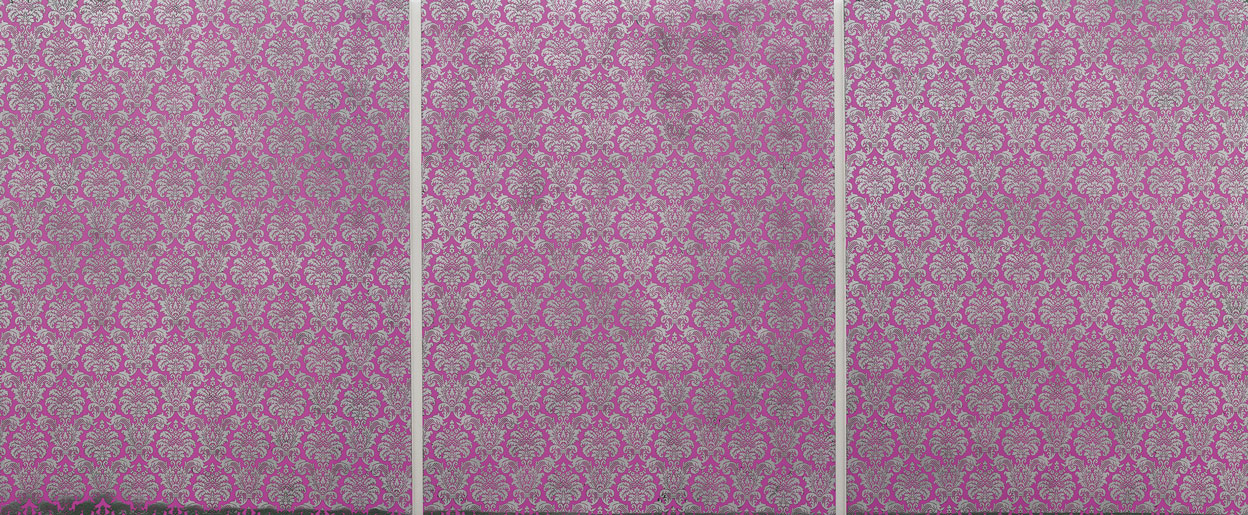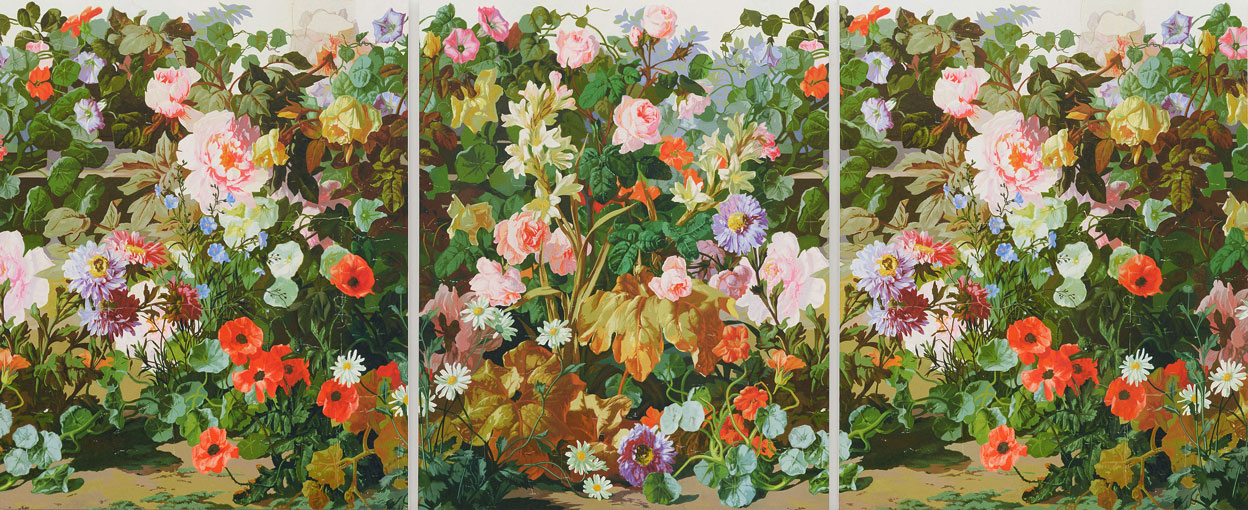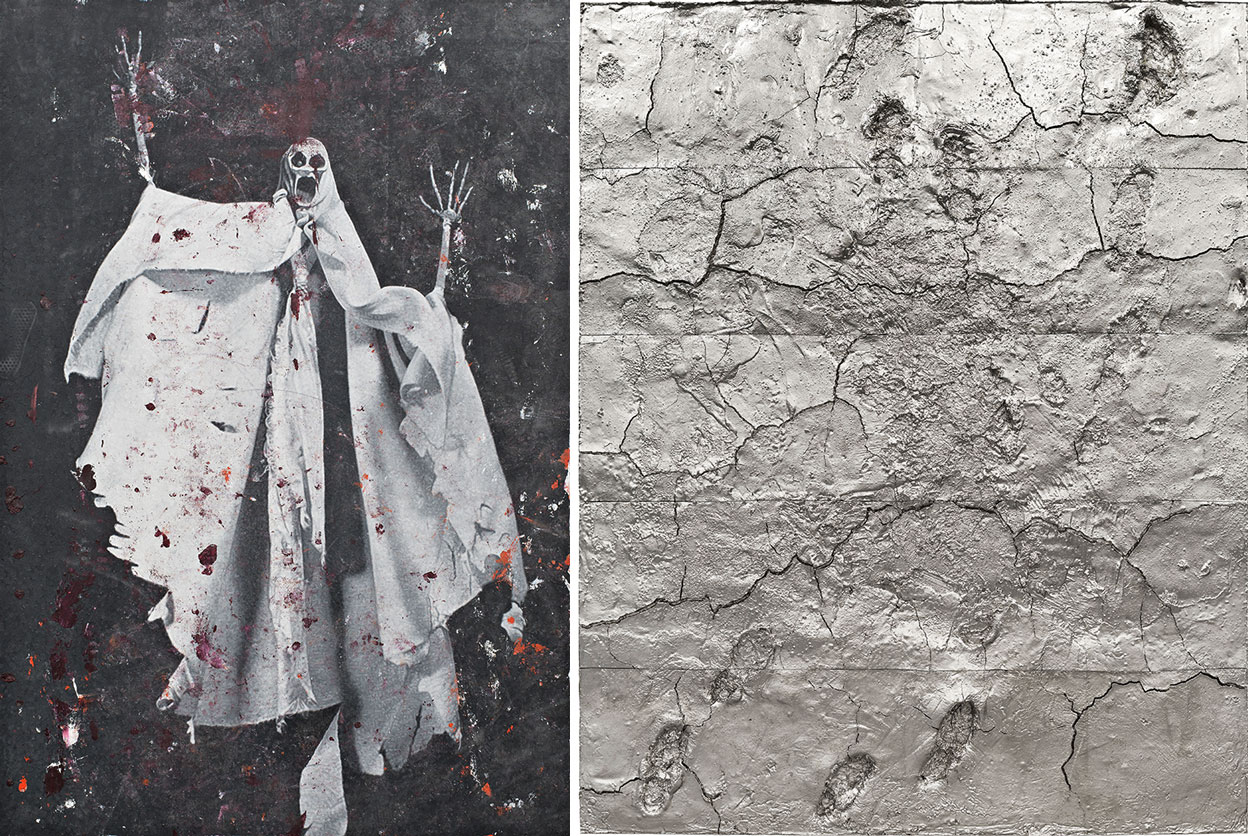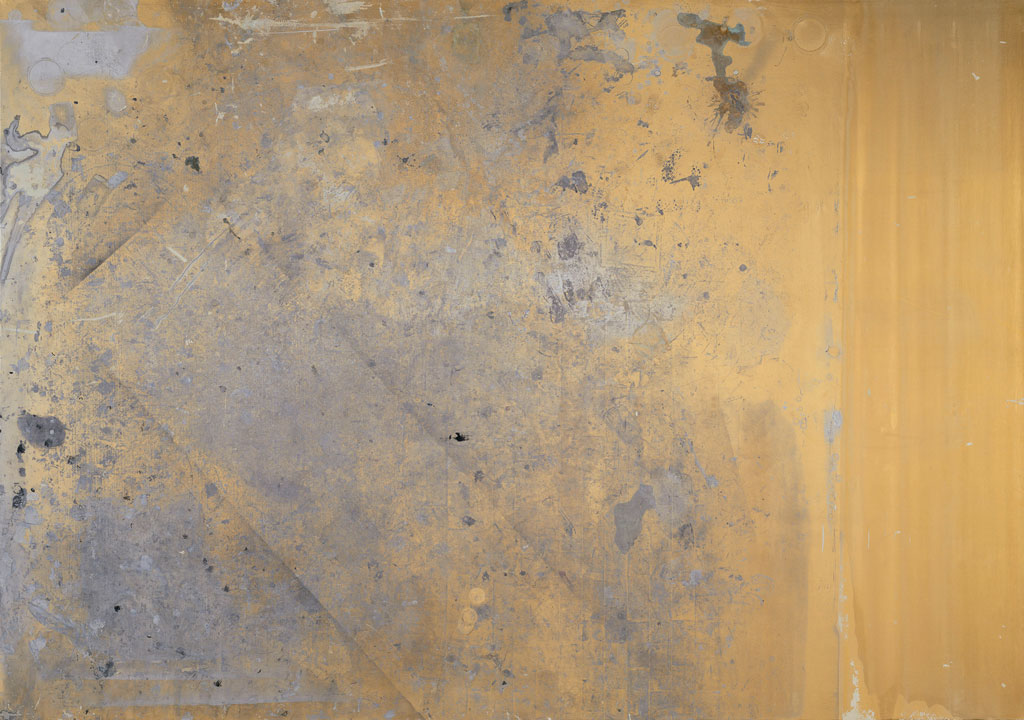ART CITIES:Basel-Rudolf Stingel
 In 1989, to coincide with his first exhibition at Massimo de Carlo, Rudolf Stingel published “Instructions”, a book that functioned as an illustrated guide to his aesthetic theories but which also offered detailed instructions on how to recreate precisely the paintings he was exhibiting. This how-to handbook immediately encapsulates the artist’s tongue-in-cheek attitude toward his work, dissociating himself from the mythology of the artist–genius and assimilating the viewer into his theoretical and practical approach.
In 1989, to coincide with his first exhibition at Massimo de Carlo, Rudolf Stingel published “Instructions”, a book that functioned as an illustrated guide to his aesthetic theories but which also offered detailed instructions on how to recreate precisely the paintings he was exhibiting. This how-to handbook immediately encapsulates the artist’s tongue-in-cheek attitude toward his work, dissociating himself from the mythology of the artist–genius and assimilating the viewer into his theoretical and practical approach.
By Dimitris Lempesis
Photo: Fondation Beyeler Archive
Rudolf Stingel in his solo exhibition at the Fondation Beyeler presents major series of works of the past 30 years, providing a comprehensive overview of his versatile artistic practice. Conceived room by room does not follow a chronological order, focusing instead on the specific confrontation of individual artworks, whose selection and display have been conceived in specific response to the spaces. Some of the works are shown for the very first time and the show also present new site-specific installations. From his very beginnings in the late 1980s, Stingel has explored its possibilities and media-specific limits through the interplay of artistic strategies, materials and shapes. Based on his confrontation with classic pictorial themes, he develops a wealth of motif variations. Alongside various series of abstract and photorealist paintings, he creates large-scale works made of Styrofoam, cast metals, as well as spaces covered in carpets or silver insulation boards that may be walked on or touched. Stingel’s “Instructions”, first artist’s book, provides early indication of his unconventional artistic attitude. In six languages and illustrated with black-and-white photographs, it describes every single step in the production process of his abstract paintings made using tulle and enamel. Oil paint must be blended using a conventional electric mixer and applied to the canvas. A layer of tulle is draped on top and sprayed with silver paint. When the tulle is removed, it leaves behind a seemingly three-dimensional color field, reminiscent of a barren landscape permeated by prominent veins. The Instructions suggest that by following these apparently simple guidelines, one can create one’s very own “Stingel”. In the early 1990s, Stingel expanded his repertoire and, next to abstract paintings, created his first site-specific works. In his first gallery exhibition, in 1991 at Daniel Newburg Gallery in New York, he showed a single work: the entire gallery floor was covered in bright orange carpeting, the walls remained empty. Soon after and elsewhere, he presented another variation of a monochrome carpet, this time covering one wall of the exhibition space. While visitors at Daniel Newburg Gallery had involuntarily left their footprints on the carpeted floor, this time they were invited to smooth down or roughen up the carpet with their hands, like many large brush strokes. The carpet became an image in which painterly gestures time and again became visible, were erased and then overwritten. In the late 1990s, Stingel began working on industrial Styrofoam boards. Hanging on the wall like paintings, they displayed all-over scratches and other shapes, or the artist’s footprints. Since the beginning of the 2000s, Stingel has been lining entire rooms with reflective silver insulation boards, whose malleable surface invites viewers to inscribe messages, initials or other signs. These installations aim at interaction, yet they are governed by the same immanent limitations as the works made following his earlier Instructions: while visitors can take part in the process of creating the work and leaving their mark, this always only occurs as a random, uncontrollable instance within the framework set by the artist. In a similar way, Stingel involves elements of chance and accident for some of his oil paintings. Finished canvases are laid down on his studio floor for prolonged periods of time for them to incorporate traces of the artist’s everyday creative process. Little by little, paint splatters and footprints start to cover the abstract and photorealist paintings. Stingel is never focussed on a single work as such; rather, he creates series of comparable and interlinked works around a specific motif. A motif can thus travel across images and materials, appearing in wholly different versions. The bright orange carpet once displayed horizontally at Daniel Newburg’s gallery reappears as a new work on one wall of the Fondation Beyeler exhibition. The photograph of a hand holding a spray gun, commissioned by Stingel to illustrate his Instructions, has been translated into a large-scale photorealist painting. Details of the scratch marks that covered earlier Celotex board installations have been transposed into heavyweight cast metals using a complex and time-consuming process. One such work, twelve meters in length, is on display at. Historical wallpaper or rug patterns as well as found photographic motifs have been scaled up and have found their way onto canvas as photorealist paintings, including traces of passing time such as dust and fingerprints. Various works of this type will also be on display. Some of the paintings were created only this year in Stingel’s New York studio. In “Untitled” (2019), the large photorealist painting of a spray gun mentioned above provides a compelling and insightful introduction to the exhibition. From the very beginning, they highlight the highly unconventional means relied upon by Stingel to create his paintings: the abstract paintings are made using the spray gun as his tool, or so to speak as his paintbrush. Applying the very same technique described in his Instructions, Stingel created new abstract paintings specifically for the exhibition. The result is a series of five works that fill one room of the exhibition, that shift chromatically between pink, darker shades of purple and silver. Three new site-specific works are also part of the exhibition. A wall work of orange carpet will invite viewers to leave their mark with their hands, thereby temporarily intervening in the work’s creation. Another wall carpet installation takes up the entire transverse wall of the museum and spreads across one of the exhibition rooms. Greatly blown up in black and white, it shows the motif of a Persian Sarouk rug.
Info: Curator: Udo Kittelmann, Fondation Beyeler, Baselstrasse 101, Riehen/Basel, Duration: 26/5-6/10/19, Days & Hours: Mon-Tue & Thu-sun 10 :00-18 :00, Wed 10:00-21:00, www.fondationbeyeler.ch









